Written by Calvin on November 27, 2007/Calvin's Corner
The Triple Crown of Racing
This article will discuss the triple clamp fork. The triple clamp provides a very rigid and strong system to hold fork legs. It can found on downhill race bikes, freeride bikes, and some “enduro” bikes (Figure 1).
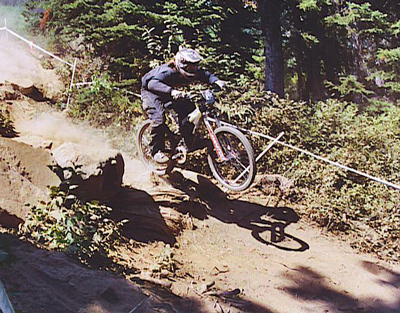
Figure 1. The extremes of downhill racing require strength and rigidity in the front end. (photo credit Tracy Price)
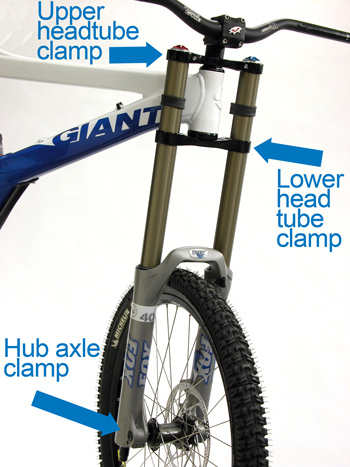
Figure 2. The three clamps of the Triple Clamp system
The “triple clamp” name refers to clamping the fork legs at three points (Figure 2). (This system is sometimes referred to as a “triple crown,” which is better saved for describing a series of three famous horse races rather then a fork system.)
- Lowest Clamp is at the hub because the axle clamps both legs
- Lower headtube clamp at bottom of headset
- Upper headtube clamp at top of headset
There are several adjustments that can be made to this system for rider preference. The stem height determines the handlebar height and can be moved up or down along the steering column by moving spacers. Most downhill riders prefer to have the bars as low as is practical. This lowers the center of gravity for descents (Figure 3).
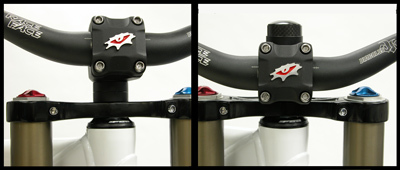 Figure 3. Stem dropped as low as possible by exchanging spacers.
Figure 3. Stem dropped as low as possible by exchanging spacers.
Depending upon the brand and model, it is possible raise the upper tubes so they protrude past the top of the upper crown. By moving the tubes up, the headtube angle is dropped, effectively making it a steeper angle (Figure 4). If the upper tubes are extended, the headtube angle is relaxed, slowing the steering. However, in all cases the clamp must fully engage the headtube.
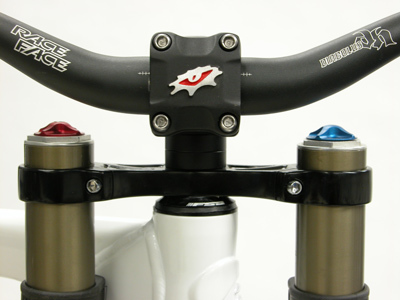
Figure 4. Upper fork tubes protruding past upper clamp.
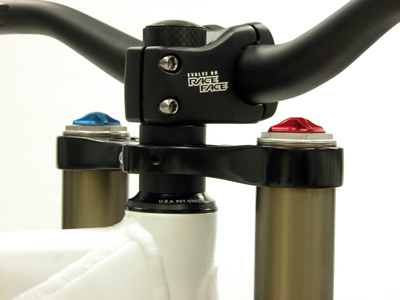
Figure 5. Spacers under the upper crown to raise the upper clamp.
The distance between the upper and lower clamp is important to the rigidity of the fork. Placing spacers below the upper clamp will move it away from the lower clamp if necessary. Spacers may be placed under the upper clamp if the clamp interferes with the headtube or frame (Figure 5).
Triple clamp forks are long travel forks, meaning the lower legs will move upward as much as eight inches depending upon the manufacturer. The front tire must have enough room to travel in big impacts. With enough travel, the lower clamp may be slammed into the lower leg seals, resulting in damage. Additionally, if the tire strikes the fork clamp, it may result in a sudden stop. Clearance for travel may be measured from the lower clamp to the lower leg, or from the top of the upper tube to the lower clamp (Figure 6). Always check with the fork manufacturer for these minimum clearances.
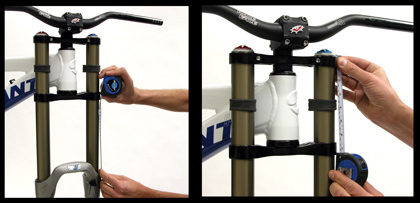 Figure 6. Check manufacturer's specifications and measure fork.
Figure 6. Check manufacturer's specifications and measure fork.
Because bicycles have different designs and different headtube heights, there are different height clamps. The flat clamp is generally for small head tube bikes, and the “tall clamp” or raised clamp is for bikes with a taller headtube (Figure 7).
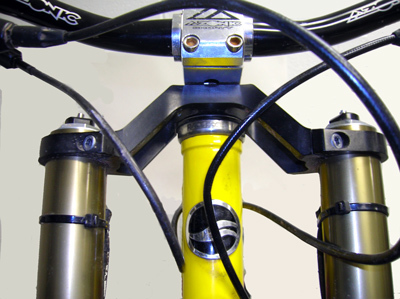
Figure 7. The tall or raised clamp for taller head tubes. (photo credit Tim Price)
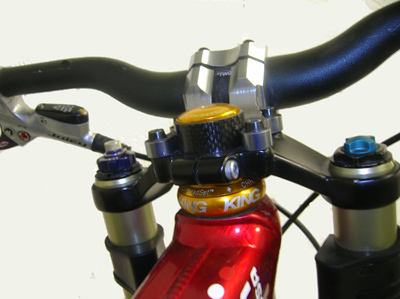
Figure 8. This stem is bolted directly to the top clamp. (photo credit Tim Price)
To add even more rigidity to the system, some systems have integrated the stem into the upper clamp (Figure 8). Changes in height are done with spacers under the clamp, not under the stem directly.
The triple clamp fork commonly uses rubber bumpers over the upper tubes to help protect the frame and tubes. Even with the protection of the rubber bumpers, gear housing and brake tubing can become crushed during a severe crash. Protective tubing such as small PVC tubing can help add protection (Figure 9).
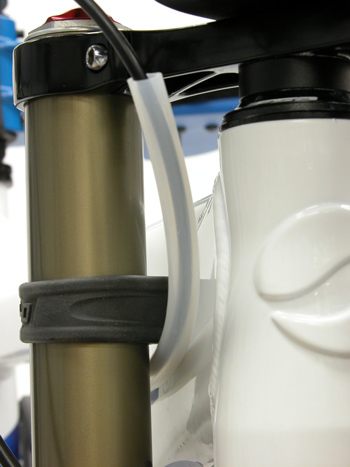
Figure 9. Protect housing with a sheath of tubing.
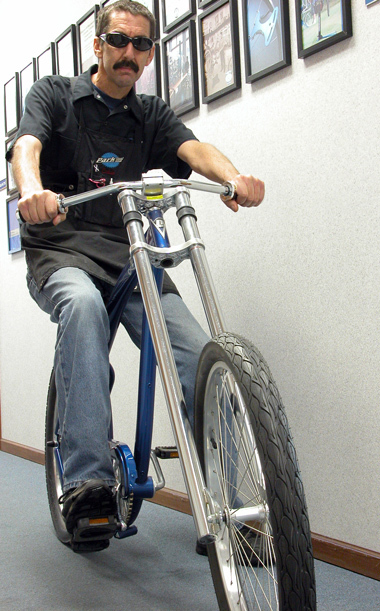
Figure 10. Chopper rider with triple clamp.
The triple clamp fork is also used on some “chopper” bikes with a rigid fork (Figure 10). The extreme length of the fork would unduly stress a traditional fork design.